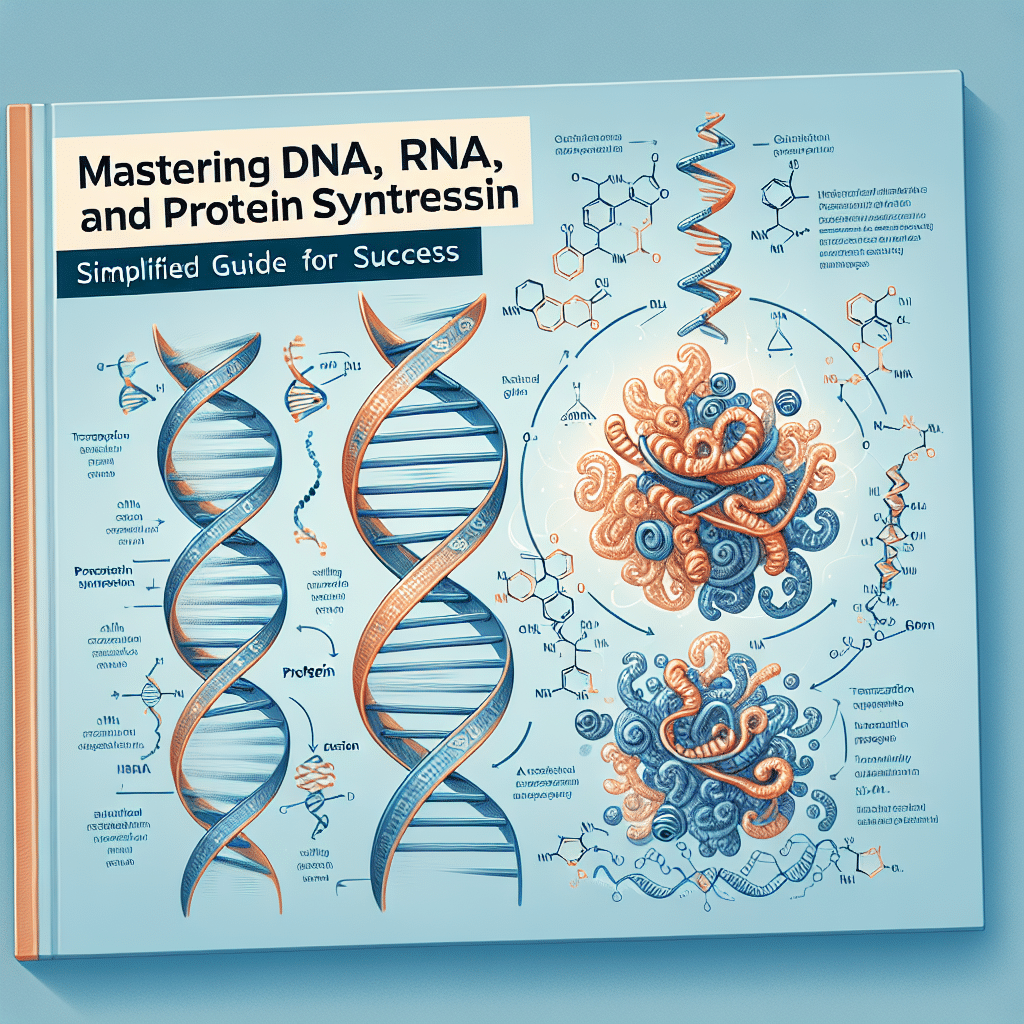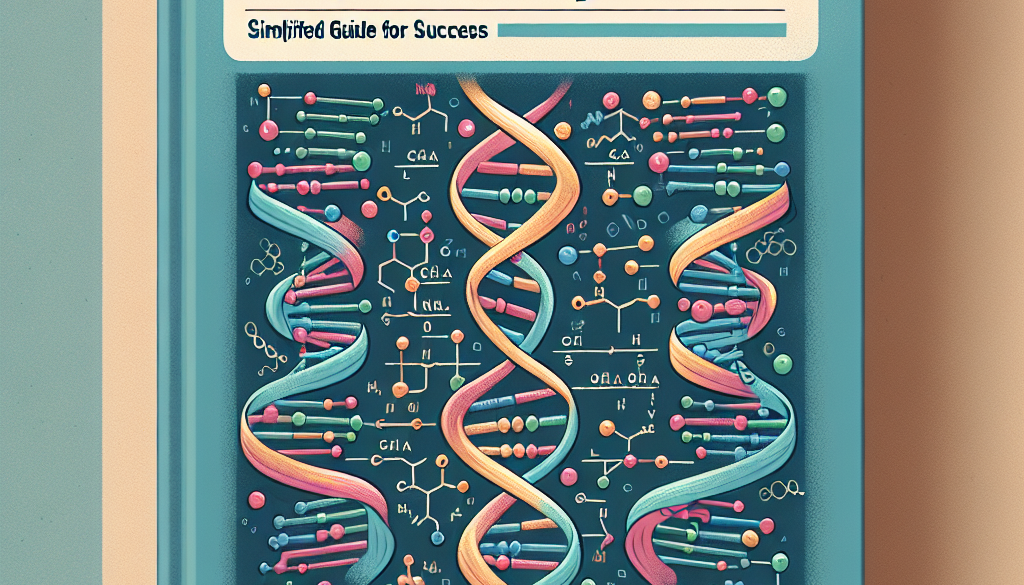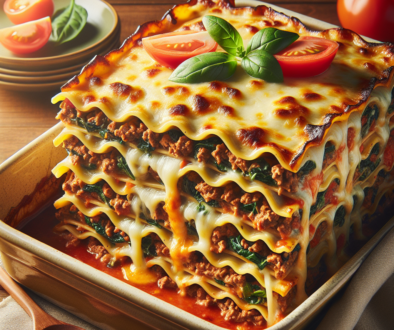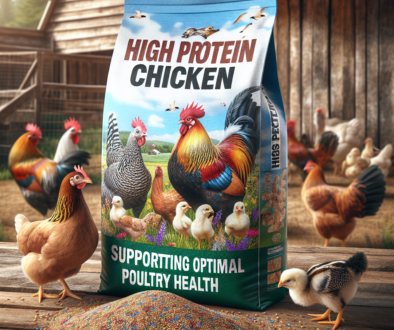Master DNA, RNA, Protein Synthesis: Simplified Guide
-
Table of Contents
- DNA & RNA Synthesis Simplified
- The Basics of DNA and RNA
- Structure of DNA
- Structure of RNA
- DNA Synthesis: Replication
- Initiation
- Elongation
- Termination
- RNA Synthesis: Transcription
- Initiation
- Elongation
- Termination
- Protein Synthesis: Translation
- Initiation
- Elongation
- Termination
- Key Takeaways
- About ETprotein
DNA & RNA Synthesis Simplified

Understanding the processes of DNA and RNA synthesis is crucial for comprehending the fundamental mechanisms of life. These processes play a vital role in the growth, development, and functioning of all living organisms. In this article, we will delve into the intricacies of DNA and RNA synthesis, exploring their significance and simplifying the complex concepts involved.
The Basics of DNA and RNA
DNA (Deoxyribonucleic Acid) and RNA (Ribonucleic Acid) are two types of nucleic acids that are essential for the storage and transmission of genetic information. DNA is found in the nucleus of cells and is responsible for carrying the hereditary information that determines an organism’s traits. RNA, on the other hand, is involved in the synthesis of proteins, which are the building blocks of life.
Structure of DNA
DNA is a double-stranded helix composed of nucleotides. Each nucleotide consists of a sugar molecule (deoxyribose), a phosphate group, and one of four nitrogenous bases: adenine (A), thymine (T), cytosine (C), or guanine (G). The two strands of DNA are held together by hydrogen bonds between complementary base pairs: A with T and C with G.
Structure of RNA
RNA is a single-stranded molecule that is similar in structure to DNA. It also consists of nucleotides, but the sugar molecule in RNA is ribose instead of deoxyribose. Additionally, RNA contains the nitrogenous base uracil (U) instead of thymine. The four bases in RNA are adenine (A), uracil (U), cytosine (C), and guanine (G).
DNA Synthesis: Replication
DNA replication is the process by which a cell duplicates its DNA before cell division. This ensures that each daughter cell receives an identical copy of the genetic material. DNA replication occurs in three main steps: initiation, elongation, and termination.
Initiation
The replication process begins at specific sites on the DNA molecule called origins of replication. Enzymes called helicases unwind and separate the two DNA strands, creating a replication fork. Single-strand binding proteins stabilize the unwound DNA strands, preventing them from rejoining.
Elongation
DNA polymerase, the main enzyme involved in DNA replication, adds nucleotides to the growing DNA strand. It reads the template strand and synthesizes a complementary strand by adding nucleotides that are complementary to the template. The new DNA strand is synthesized in the 5′ to 3′ direction, while the template strand is read in the 3′ to 5′ direction.
Termination
Once the entire DNA molecule has been replicated, termination signals trigger the termination of replication. The two newly synthesized DNA molecules separate, and the replication process is complete.
RNA Synthesis: Transcription
Transcription is the process by which RNA is synthesized from a DNA template. It is the first step in gene expression and is essential for protein synthesis. Transcription can be divided into three main stages: initiation, elongation, and termination.
Initiation
Transcription begins when an enzyme called RNA polymerase binds to a specific region on the DNA molecule called the promoter. The promoter acts as a signal for the start of transcription. Once bound, RNA polymerase unwinds the DNA double helix, exposing the template strand.
Elongation
RNA polymerase adds nucleotides to the growing RNA strand, using the DNA template as a guide. The RNA molecule is synthesized in the 5′ to 3′ direction, complementary to the template strand. As RNA polymerase moves along the DNA molecule, it continues to unwind the DNA ahead and rewinds it behind, allowing for the elongation of the RNA strand.
Termination
Transcription terminates when RNA polymerase reaches a specific termination sequence on the DNA molecule. The RNA polymerase detaches from the DNA, and the newly synthesized RNA molecule is released.
Protein Synthesis: Translation
Protein synthesis, also known as translation, is the process by which the information encoded in the RNA molecule is used to synthesize proteins. It occurs in the ribosomes, the cellular structures responsible for protein synthesis. Translation can be divided into three main steps: initiation, elongation, and termination.
Initiation
Translation begins when the small ribosomal subunit binds to the mRNA molecule. The ribosome scans the mRNA until it reaches the start codon (AUG), which signals the initiation of translation. The large ribosomal subunit then joins the small subunit, forming a functional ribosome.
Elongation
The ribosome moves along the mRNA molecule, reading the codons (three-nucleotide sequences) and matching them with the appropriate amino acids. Transfer RNA (tRNA) molecules, each carrying a specific amino acid, bind to the codons on the mRNA through complementary base pairing. The ribosome catalyzes the formation of peptide bonds between the amino acids, creating a growing polypeptide chain.
Termination
Translation terminates when the ribosome reaches a stop codon (UAA, UAG, or UGA) on the mRNA. The ribosome releases the completed polypeptide chain, and the mRNA and ribosomal subunits dissociate.
Key Takeaways
- DNA and RNA are nucleic acids that play crucial roles in the storage and transmission of genetic information.
- DNA replication ensures that each daughter cell receives an identical copy of the genetic material.
- Transcription is the process by which RNA is synthesized from a DNA template.
- Translation is the process by which the information encoded in the RNA molecule is used to synthesize proteins.
About ETprotein:
ETprotein, a reputable rice protein Chinese factory manufacturer and supplier, is renowned for producing, stocking, exporting, and delivering the highest quality organic bulk vegan protein and plant proteins. They include Organic rice protein, clear rice protein, pea protein, clear pea protein, pumpkin seed protein, sunflower seed protein, mung bean protein, etc. Our offerings, characterized by a neutral taste, non-GMO, allergen-free attributes, cater to a diverse range of industries. We serve nutraceutical, pharmaceutical, cosmeceutical, veterinary, as well as food and beverage finished product distributors, traders, and manufacturers across Europe, USA, Canada, Australia, Thailand, Japan, Korea, Brazil, and Chile, among others.
Our specialization includes exporting and delivering tailor-made protein powder and finished nutritional supplements. Our extensive product range covers sectors like Food and Beverage, Sports Nutrition, Weight Management, Dietary Supplements, Health and Wellness Products, and Infant Formula, ensuring comprehensive solutions to meet all your protein needs.
As a trusted company by leading global food and beverage brands and Fortune 500 companies, ETprotein reinforces China’s reputation in the global arena. For more information or to sample our products, please contact us and email sales(at)ETprotein.com today.












